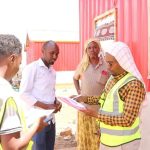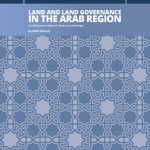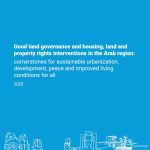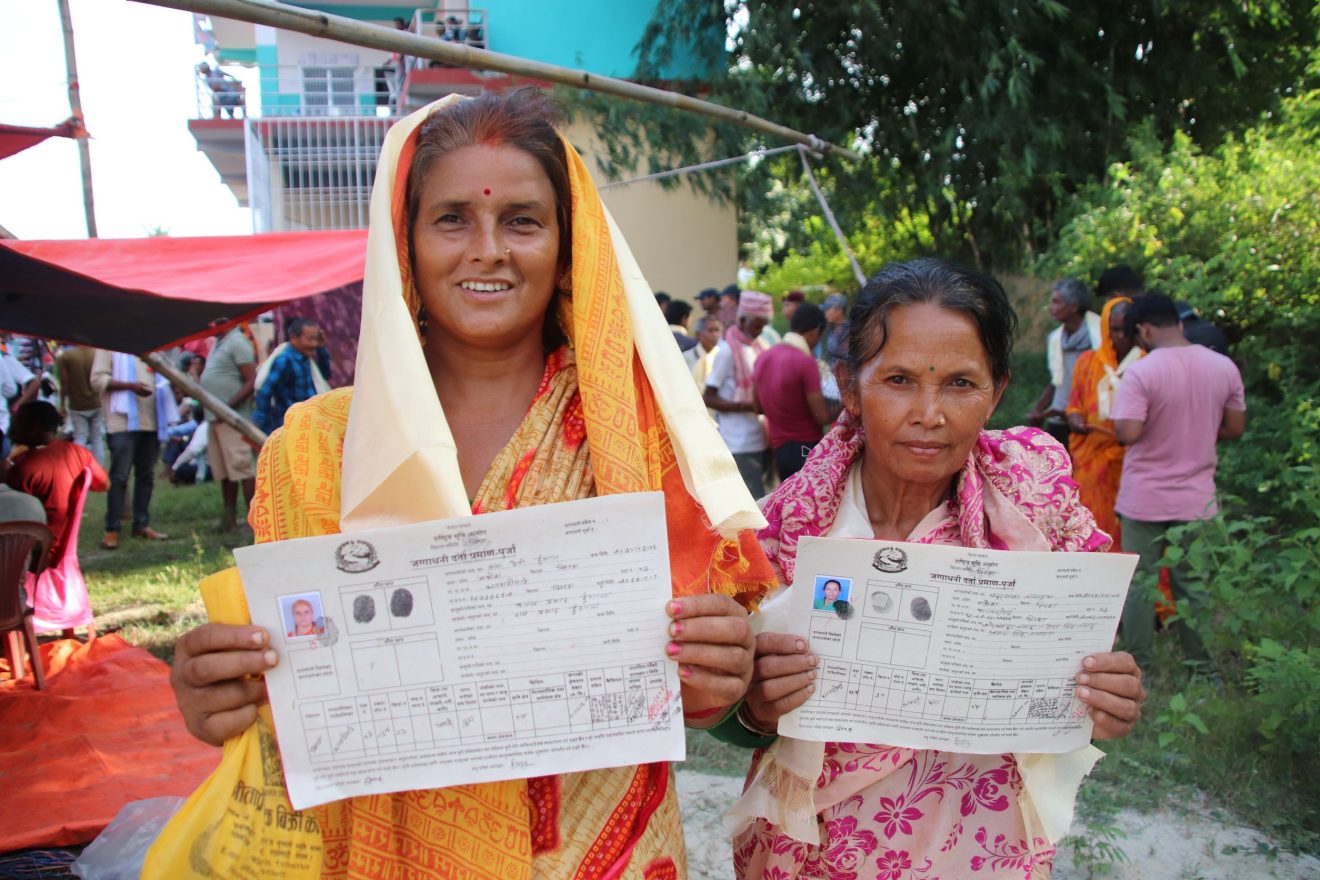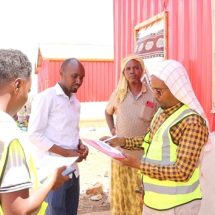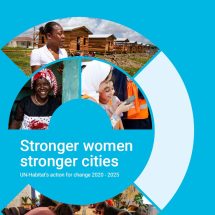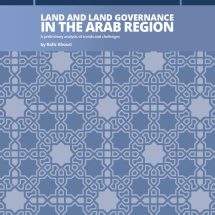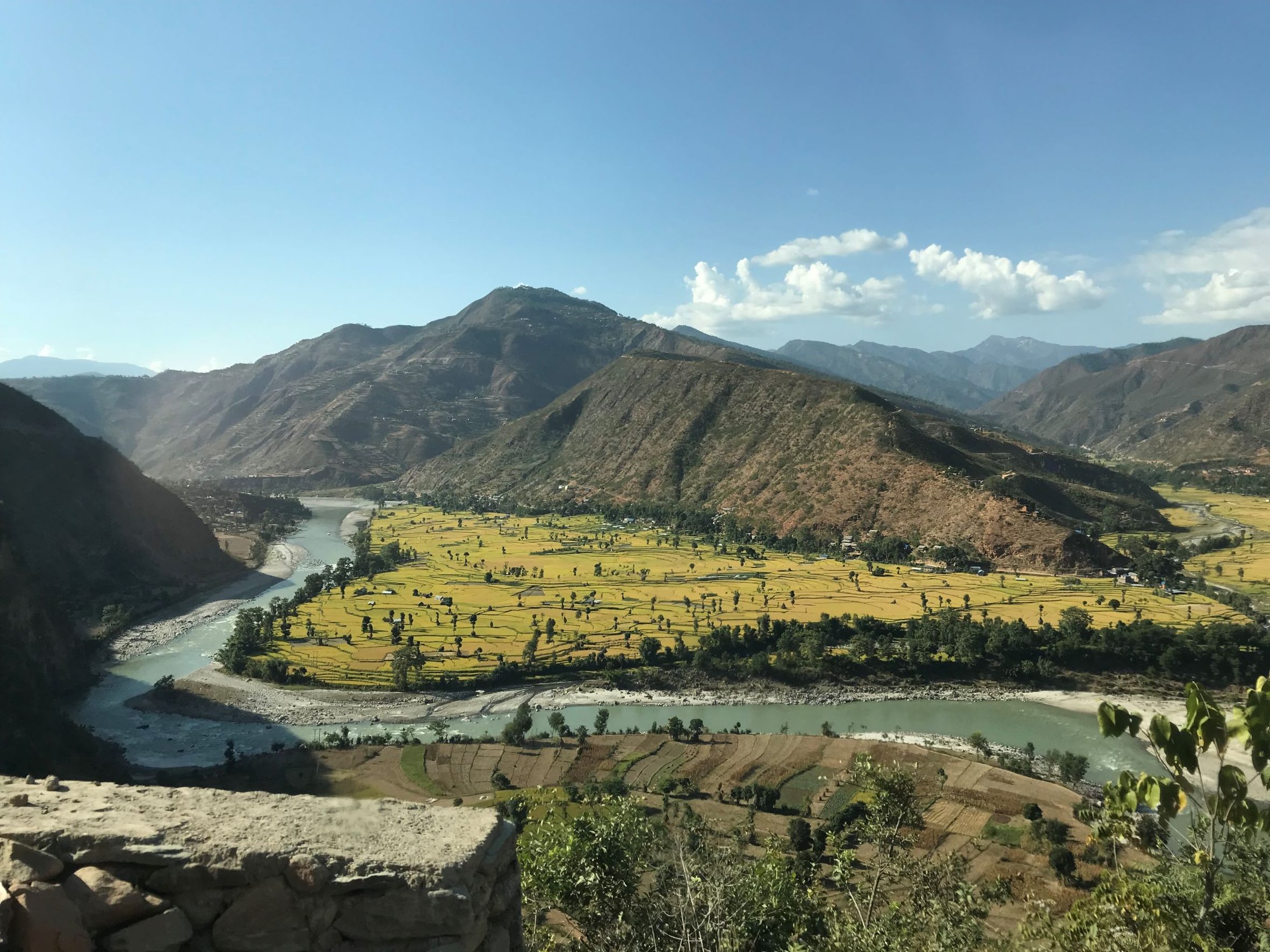
In Nepal where approximately 60.4% of the population is engaged in agriculture and where more than 47.3% of the rural population is landless or near-landless operating less than 0.5 Ha of land with or without formal tenure, access to land and tenure security for all is of paramount importance. However, land in Nepal is concentrated in the hands of the few, owing to the deeply entrenched and widespread problem, rooted in a long history of feudal land governance where historically, most of the fertile land was granted by the aristocratic rulers to various elites who became landlords. Skewed patterns of land ownership have also been compounded by a deeply discriminatory and strictly hierarchical society that has excluded women, ethnic minorities and especially people of ‘low caste’ (called Dalits). This problem became more pronounced in the aftermath of the 2015 mega-earthquake where many poor households without secure tenure of their land, (among the estimated 900,000 households) who lost their houses during the earthquake, required rehabilitation. The year 2015 also coincided with the promulgation of the new Constitution which promised justice to vulnerable and socially excluded groups/communities including women and the poor. Overall, it was estimated that more than 1.3 million landless households operating approximately 10 million parcels of land lacked formal recognition and faced legal eviction.
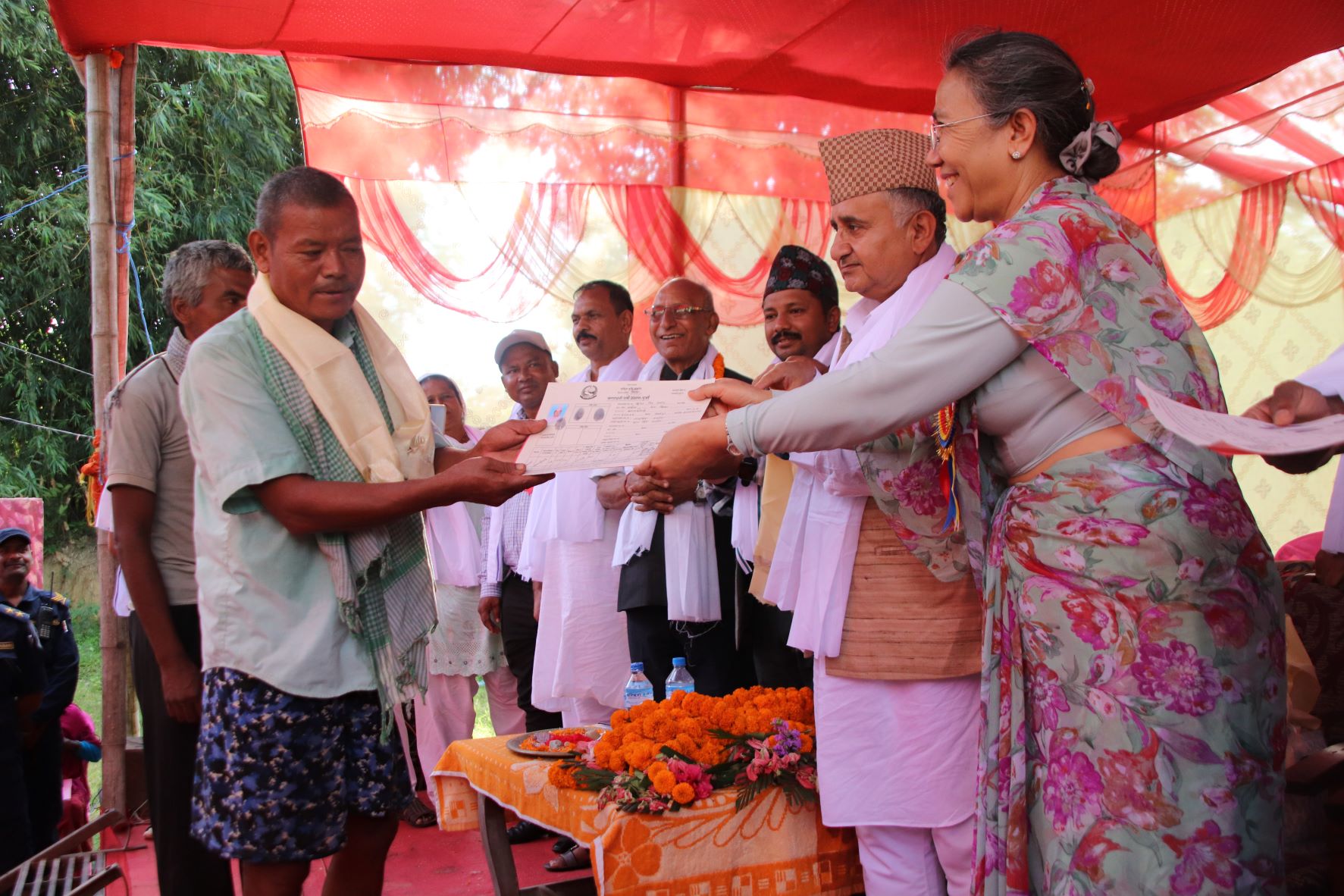
Against this backdrop, the Global Land Tool Network (GLTN) as facilitated by UN-Habitat began supporting land reform initiatives in Nepal in September 2016 to complement the already ongoing efforts on land initiated by UN-Habitat Nepal since 2013. The journey to land tenure reforms in the past seven (7) years has been remarkable and has registered commendable improvements in the land sector, starting with the development and promulgation of the National Land Policy (NLP) following years of hard work and extensive consultations with experts, community people and other stakeholders. Other laudable milestones include the land legislation reform, adoption of fit-for-purpose country strategy (see links GLTN and MDPI), and the establishment of an institutional framework to support land administration systems capable of reflecting and improving existing people-to-land relationships.
The National Land Policy adopted in 2019 provides for security of tenure for all and aims at addressing existing land challenges such as unregistered tenancy and the informal tenure of land holdings by poor peasants and farmers in rural areas as well as shack-dwellers in the urban areas who are missing from official land records. The provision for security of tenure for all was further strengthened with the passing of the 8th Amendment to the Land Act and the 18th Amendment to the Land Related Regulations in 2020. These legislations guarantee land to the landless and regularization of informal tenure up to designated sizes dependent on purpose (shelter or agriculture) or location (urban, terai plateau or mountainous regions). For the first time yet, this historical policy provision makes it possible to the allocation of land to the landless Dalits and landless Sukumbasi up to 130m2 in urban areas or 340m2 in rural areas for shelter purposes. For agriculture purpose the maximum land allocated is up to 2000m2 in terai or 3000 m2 in mountainous areas. The legislation reform process has been informed by the various interventions being implemented by UN-Habitat, GLTN and other land actors in Nepal, including the pilots on participatory enumeration and Social Tenure Domain model (STDM) conducted jointly in cooperation with the central and the local governments in different contexts (post-earthquake in Dolakha, compact settlements in Ratnanagar, metropolitan city in Bharatpur and emerging municipalities with relatively rural structures in Belaka and Kankai). To note, the government issued the ‘National Land Commission Formation Order, 2021’ to specify the functions, duties, and powers of the commission and related authorities for the purpose of providing land to landless Dalits and squatters and manage the unmanaged inhabitants. The Government has given high priority to this work and considers completing the work hopefully in the next 3 to 5 years. The National Land Commission has already entered Memoranda of Understanding (MoU) with 680 local governments (out of 753) and so far, some 639,546 applications have been received and around 961 land titles issued. The process is ongoing, nationally.

In the 14 municipalities where UN-Habitat and GLTN is directly facilitating this process, application data of 89,875 households were collected by the end of September 2022, out of which data entry for 74,745 households and mapping data for 44,192 parcels has been finalized. Additionally, validation of enumeration records for 71,413 households has been completed after which these households were issued with temporary cards which act as proof documents for registered application at the Municipality. A total of 143 households have already received land titles. In Dhangadhimai municipality, Eastern Nepal, the Minister of Land Management, Cooperatives and Poverty Alleviation, Honorable Ms. Shashi Shrestha distributed land title certificates to landless Dalits other landless peasants in a special event on the 11 th of September 2022. This is a great milestone towards improving their tenure security and sustaining their livelihoods which are basically dependent on agriculture.
Land reform processes are a lengthy endeavor including, but not limited to, increasing land access and tenure for the poor and vulnerable, enhancing efficiency and transparency in land administration, developing, and enhancing capacity in land administration, resolving land disputes/conflicts, increasing the scope and effectiveness of land use planning, among other areas that require attention to bring about good land governance in Nepal. Thanks to the priority given by the Government and the basis, standards and working procedures adopted based on the experiences from the pilot projects implemented by UN-Habitat and GLTN, the work is gaining traction. UN-Habitat remains committed to provide the necessary technical support to ensure comprehensive policy reforms to accelerate shared and sustained growth for poverty reduction and sustainable development through good land governance.


